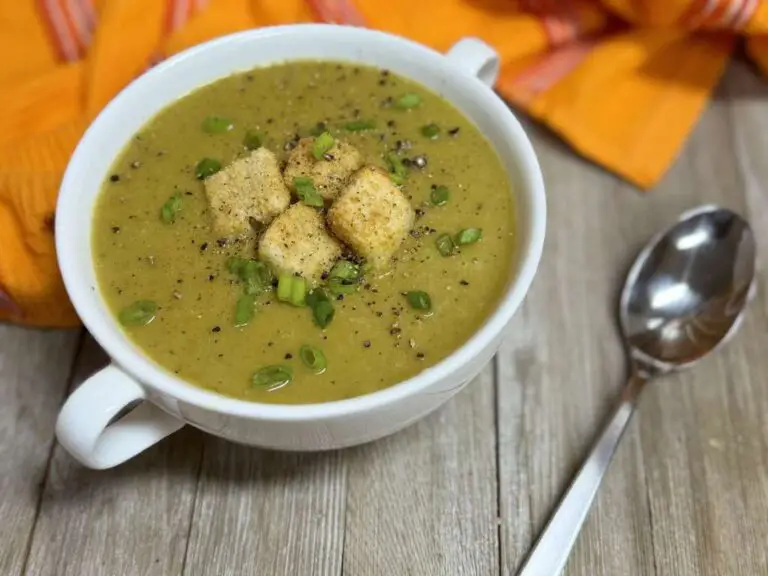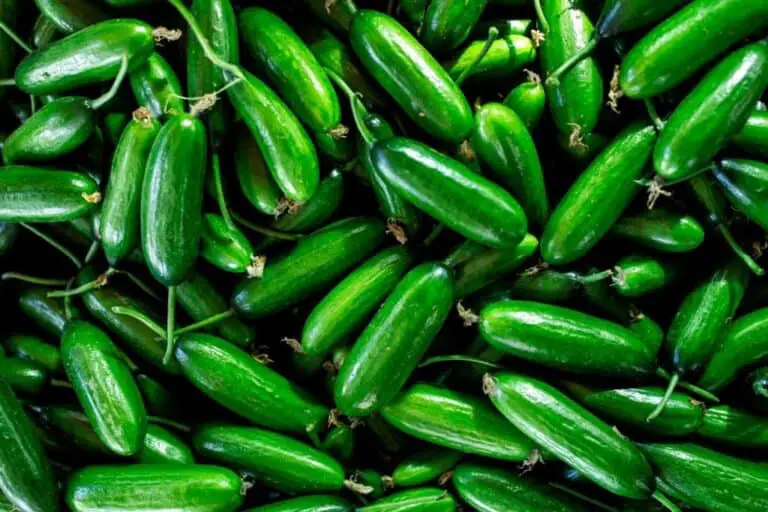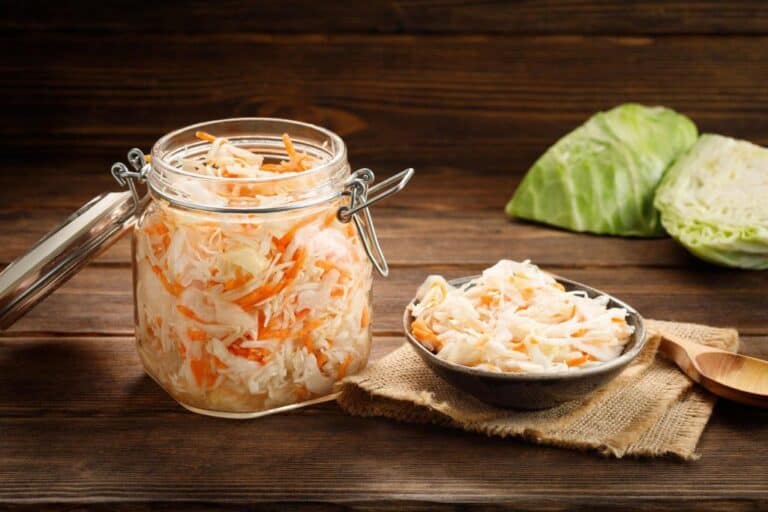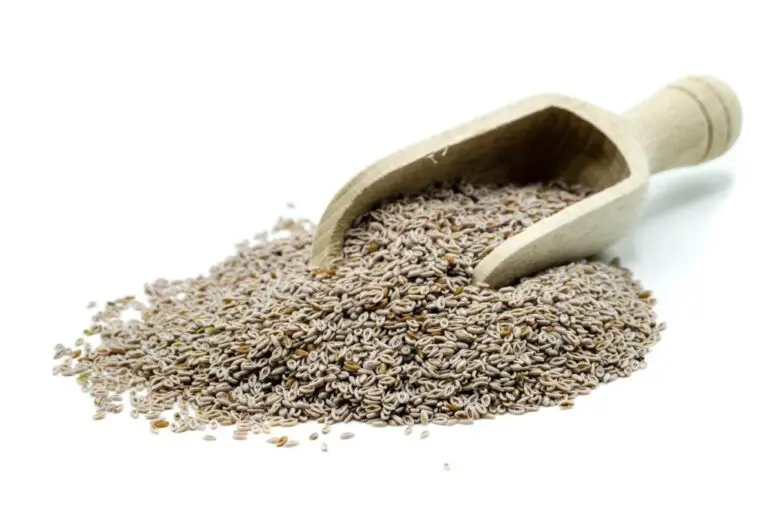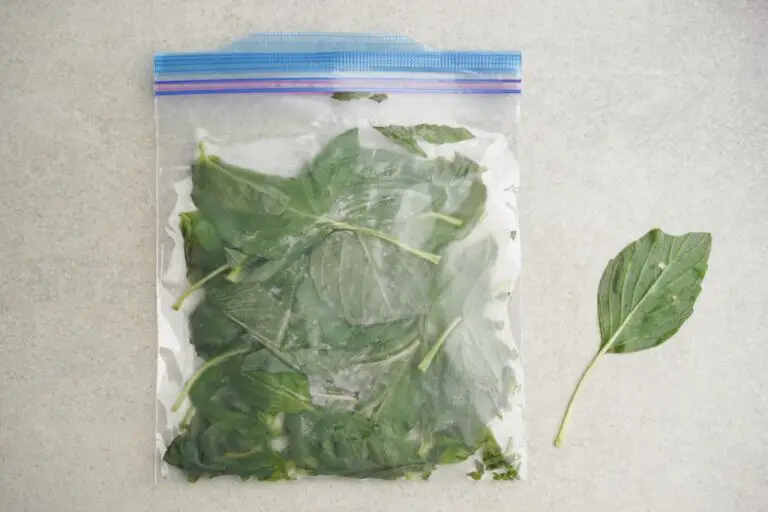Can You Eat All Purpose Flour Raw? Is It Safe to Eat?

Have you ever wondered if it’s safe to eat all-purpose flour raw? Maybe you were tempted to taste the cookie dough before baking, or perhaps you added flour to a smoothie recipe without cooking it. While flour is a common ingredient in many recipes, it’s essential to know whether it’s safe to consume raw.
In this article, we’ll talk about the dangers of eating raw all-purpose flour, including what could happen if bacteria or chemicals got into the flour. We’ll also provide alternative flours that are safe to eat raw, ensuring that you can enjoy your favorite recipes while staying healthy and safe.
Understanding All Purpose Flour and How Is It Made
All-purpose flour is a staple ingredient in many recipes, from bread to cakes to pastries. The process of making it involves powdering the wheat berries to create a specific type of wheat flour. The flour is then sifted to remove the bran and germ, leaving behind the starchy endosperm. The end result is a fine, white flour that is versatile and easy to use in a variety of recipes.
The process of making all-purpose flour begins with the hard wheat, or wheat berries, which are harvested from the fields and cleaned to remove any debris. The berries are then milled using large grinding stones or rollers to break them down into smaller pieces. The resulting mixture, known as “grist,” is then sifted through a series of sieves to remove any impurities and separate the different parts of the wheat berry.
The first sieve gets rid of the bigger pieces of bran, and the next sieves get rid of the smaller pieces of bran, germ, and endosperm. The endosperm is the most desirable part of the wheat berry because it contains the majority of the starch and protein that make up flour. Once the endosperm has been separated, it is finely ground into flour and packaged for sale.
All-purpose flour is called “all-purpose” because it is designed to be versatile and can be used in a variety of recipes. It has a moderate protein content, typically around 10–12%, which makes it suitable for a wide range of baked goods. The protein content of the flour determines how much gluten it will develop when mixed with water, which in turn affects the texture of the finished product. All-purpose flour is ideal for recipes that require a moderate amount of gluten, such as bread, cakes, and pastries.
In addition to its versatility, all-purpose flour has a long shelf life and is easy to store. It should be kept in an airtight container in a cool, dry place, away from heat and moisture. Over time, the flour may lose some of its nutritional value and freshness, but it can still be used in recipes if it has not developed an unpleasant smell or taste.
Can You Eat All Purpose Flour Raw?
One of the reasons people eat raw all-purpose flour is to indulge in the nostalgia of raw cookie dough or cake batter. However, this can be a dangerous practice, especially for children, pregnant women, and people with weakened immune systems.
While it may seem harmless to consume raw all-purpose flour, doing so can pose some serious health risks. If you eat raw all-purpose flour, you might feel sick, throw up, have diarrhea, have stomach pain, and get a fever.
Proper handling and cooking of all-purpose flour are crucial to avoiding the risks of consuming raw flour. When using all-purpose flour in recipes, it’s important to cook it thoroughly and at the right temperature. Raw flour should also be handled with care, avoiding any cross-contamination with other foods that may contain harmful bacteria.
There are many alternatives to eating raw all-purpose flour that are safe and delicious. Using heat-treated flour or flour specifically labeled “edible raw” can be a safer alternative for those who enjoy the taste of raw cookie dough or cake batter.
Health Risk of Eating All Purpose Flour Raw
Eating raw all-purpose flour can be dangerous to your health, as it may contain harmful bacteria such as E. coli and Salmonella. These bacteria can cause food poisoning, which can lead to serious illness or even death in severe cases. Raw flour is not meant to be consumed without being cooked, as the heat from cooking can kill these bacteria and make the flour safe to eat.
The reason why raw flour may contain harmful bacteria is that it is a raw agricultural product that has not been treated to remove potential contaminants. Wheat, the primary ingredient in all-purpose flour, is grown in fields where it may come into contact with animal waste, which can contain harmful bacteria.
During processing, the wheat berries are milled into flour without being treated for potential contamination, which means that any bacteria present in the wheat may remain in the flour.
The risk of foodborne illness from raw all-purpose flour is not new, but it has become more widely recognized in recent years. There was a widespread outbreak of E. coli linked to raw flour that affected dozens of people across multiple states. This outbreak was a wake-up call for many people, and it highlighted the importance of being careful when handling raw flour.
To reduce the risk of foodborne illness from all-purpose flour, it is important to handle it properly. Always wash your hands before and after handling flour, and do not eat raw dough or batter that contains flour. Make sure to cook all baked goods made with flour thoroughly, as the heat from baking will kill any harmful bacteria that may be present.
Allergic Reactions to Flour
Flour allergies are a type of food allergy that happens when the body’s immune system mistakes the proteins in flour for harmful substances and reacts to them in an allergic way. A flour allergy can cause mild to severe symptoms, such as hives, itching, swelling, trouble breathing, and even anaphylaxis, a severe allergic reaction that can kill you.
One of the most common types of food allergies is a wheat allergy, which affects both children and adults. In addition to wheat, people may also be allergic to other grains, such as rye, barley, and oats. Gluten, a protein found in wheat, can also trigger an immune response in people with celiac disease, a type of autoimmune disorder.
It’s important to note that flour allergies can sometimes be difficult to diagnose, as symptoms can be similar to those of other conditions such as lactose intolerance or irritable bowel syndrome. If you suspect you may have a gluten allergy, it’s important to see an allergist for proper testing and diagnosis.
If you have a flour allergy, it’s crucial to avoid foods that contain flour and to read food labels carefully. Many packaged foods may contain hidden sources of flour, such as sauces, gravies, and dressings. It’s also important to avoid cross-contamination by using separate utensils and cookware when preparing meals.
Gluten Intolerance and Celiac Disease
Gluten intolerance and celiac disease are two conditions that affect people who are sensitive to gluten, a protein found in wheat, barley, and rye.
Gluten intolerance, also known as non-celiac gluten sensitivity, is a condition where people experience symptoms such as bloating, diarrhea, and fatigue after consuming gluten. Celiac disease, on the other hand, is an autoimmune disorder where the immune system attacks the small intestine when gluten is ingested.
The symptoms of gluten intolerance and celiac disease can vary widely between individuals. Some people with gluten intolerance may experience gastrointestinal symptoms, while others may have headaches, joint pain, or skin rashes. For people with celiac disease, the symptoms may include abdominal pain, diarrhea, anemia, and weight loss. These symptoms can be severe and can affect a person’s quality of life.
The only treatment for celiac disease is a strict gluten-free diet, which means avoiding all foods and products that contain gluten. For people with gluten intolerance, a gluten-free diet may also be helpful in managing symptoms. Gluten-free products are now widely available and can be found in most grocery stores. However, it is important to read labels carefully and to be aware of hidden sources of gluten in processed foods.
Living with celiac disease or gluten intolerance can be challenging, as gluten is found in many foods and products. It can also be difficult to dine out or travel, as gluten-free options may not always be available. However, with proper management and planning, it is possible to live a healthy and fulfilling life with these conditions.
What Flour Can Be Eaten Raw?
Eating raw flour can be dangerous due to the risk of bacterial contamination. As already mentioned above, raw flour can contain harmful bacteria such as E. coli and salmonella, which can cause foodborne illness. Therefore, it is generally not recommended to consume raw flour.
However, some types of flour are safer to eat raw than others. Coconut flour is one example of a flour that is safe to eat raw. Coconut flour is made from dried coconut meat and is often used in gluten-free and low-carb baking. It has a slightly sweet taste and a light, fluffy texture.
Almond flour is another type of flour that is safe to eat raw. It is made from finely ground blanched almonds and is commonly used in low-carb and gluten-free baking. Almond flour has a nutty flavor and is high in healthy fats and proteins.
Oat flour is another flour that can be eaten raw. It is made from finely ground oats and is often used as a healthier alternative to wheat flour. Oat flour has a slightly sweet taste and a hearty texture.
Overall, while there are a few types of flour that can be eaten raw, it is still recommended to avoid consuming raw flour due to the risk of bacterial contamination. It is always best to cook or bake with flour to ensure its safety and to avoid potential health risks.

